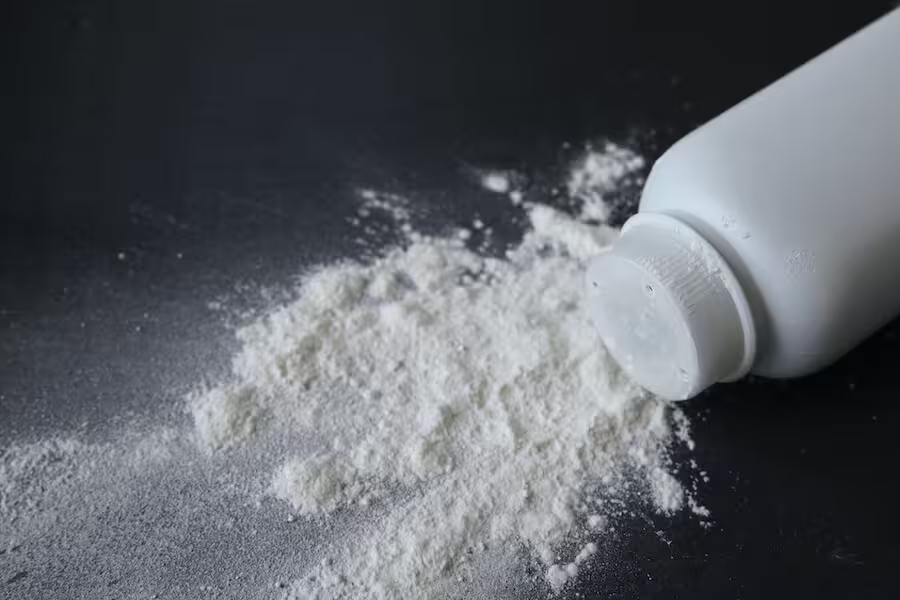4 Minutes
Understanding the Science Behind Car Airbags
Airbags are among the most significant automotive safety innovations, designed to protect occupants during sudden collisions. However, many drivers notice a cloud of powder when an airbag deploys, often prompting questions about the makeup, function, and safety profile of these airborne particles. In this article, we delve into the composition of powders found within airbags, explaining their scientific properties and their roles in modern vehicle safety systems.
The Role of Powders in Airbag Deployment
External Powders: Talc and Cornstarch
When an airbag inflates during a collision, many observers spot a distinct white or gray cloud. Contrary to popular belief, this dust is not a harmful chemical. Instead, the visible powder coating the exterior of the airbag is usually talcum powder—commonly known as baby powder—or sometimes cornstarch, both of which are generally benign substances. Automotive manufacturers apply these powders primarily to ensure the airbag fabric remains pliable and to facilitate rapid, clean deployment. The powder acts as a lubricant, preventing the tightly folded airbag material from sticking together within its compartment. Thus, during an accident, the quick burst of released dust is simply talc or cornstarch disbursing into the air, often settling harmlessly after a few seconds.

Internal Reactants: The Function of Sodium Azide
While the exterior powder is inert, the true chemistry behind airbag inflation lies within a sealed module inside the airbag. This component contains sodium azide—a powerful chemical propellant. Unlike a balloon filled with air or helium, an airbag is rapidly inflated by a controlled chemical reaction. Upon detecting a collision, the system sends an electric spark to the ignition module, triggering sodium azide (NaN3) to decompose at high temperature. In milliseconds, this reaction produces a large volume of nitrogen gas, which fills the airbag at incredible speed, providing a cushion to absorb kinetic energy and reduce injury risk in a crash.
Safety Considerations: Health and Environmental Impact
Talc and Cornstarch: Minimal Health Risks
The expulsion of talc or cornstarch typically poses minimal risk to humans. However, as with any fine particulate, it can cause mild eye or respiratory irritation if it comes into direct contact. In the event this occurs, washing the affected area with water is generally sufficient. It is also recommended to wash hands with soap and water after touching a deployed airbag, as a precaution.
Sodium Azide: A Potent Chemical with Controlled Use
Sodium azide, on the other hand, is hazardous if encountered outside its intended use. Exposure to sodium azide—especially via inhalation or ingestion—can disrupt cellular respiration by interfering with oxygen utilization, rapidly impacting vital organs such as the brain and heart. Fortunately, modern airbag systems are engineered to minimize any chance of public exposure. Sodium azide is securely housed in a robust, sealed metal canister within the airbag module, often protected by additional safety barriers. During deployment, virtually all sodium azide is converted to harmless nitrogen gas, leaving no active chemical residue within the inflated airbag.
Experts at automotive safety institutions emphasize that the risk of encountering unreacted sodium azide is extremely low for car occupants. Direct contact generally only poses a risk if an undeployed airbag is damaged or tampered with, which may happen with improperly handled used airbags. Because of the complex containment and single-use design, replacement airbag cartridges are costly—reflecting the vital role of these robust safety standards.

Key Scientific Context: Airbags and Future Innovations
Airbag systems represent a blend of engineering, materials science, and chemistry. The choice of sodium azide as a propellant was historically driven by its capacity to generate nitrogen gas rapidly and reliably. Over time, environmental and safety concerns have spurred development of alternative, less toxic inflator chemistries—such as guanidine nitrate—used in some newer airbag models. Yet, the scientific principle remains: a stable, sealed chemical reaction instantly delivers a high-pressure gas that inflates the bag just when it's needed most.
Industry leaders like the National Highway Traffic Safety Administration (NHTSA) and global automakers continually assess airbag designs to balance performance, occupant safety, and ecological footprint. Research into novel inflator materials, improved airbag fabrics, and advanced electronic sensing systems promises an even higher standard of safety in years to come.
Conclusion
In summary, the powders inside car airbags serve two distinct functions: talc or cornstarch acts as a deployment aid, while sodium azide powers the inflation process via a rapid chemical transformation. While sodium azide is potentially hazardous in raw form, advanced engineering confines it within robust modules, ensuring occupant protection while minimizing risk. Understanding the material science and chemistry behind airbags not only demystifies a key automotive safety feature but also highlights the ongoing innovation driving automotive safety technology forward.



Comments